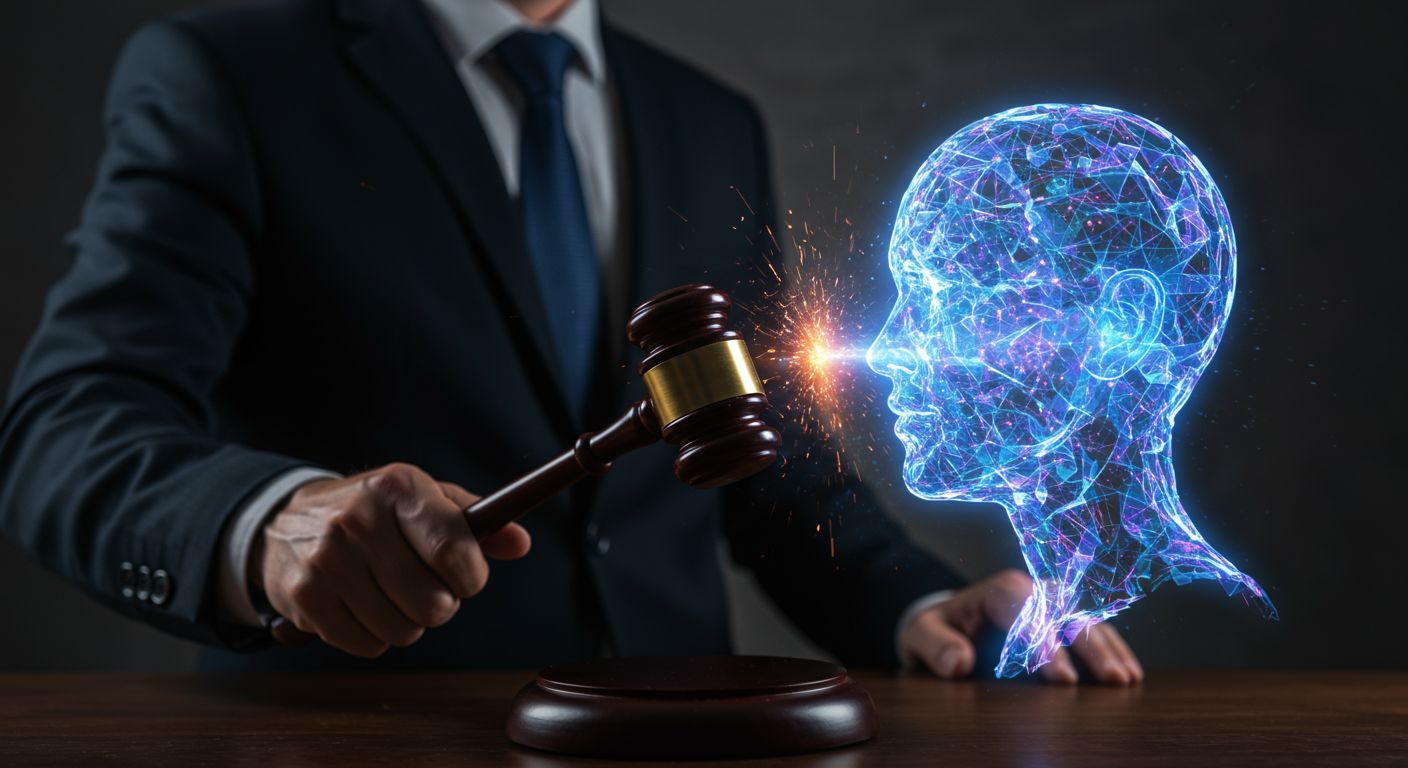AI Regulation in Business: Are You Ready for the AI Act?
A Brief Guide for Entrepreneurs
Artificial intelligence is no longer science fiction, but an everyday tool that helps companies innovate, automate, and grow. With great power, however, comes responsibility – and now, new rules. The European Union has introduced the world's first comprehensive regulation on artificial intelligence, known as the AI Act. What does this mean for you as an entrepreneur? It's not about slowing down innovation, but about setting clear boundaries for trustworthy and safe AI.

The Main Principle: It's All About Risk
The AI Act doesn't burden everyone equally. It introduces a smart, risk-based approach. Simply put, the greater the potential impact an AI system can have, the stricter the rules that apply to it. Systems are divided into four categories:
1. Prohibited AI (Unacceptable Risk)
This includes practices that are in direct conflict with EU values. For example, systems for social scoring of citizens, subliminal manipulation, or the targeted exploitation of vulnerable groups. These systems are forbidden to be developed, used, or placed on the market.
2. High-Risk AI
This mainly concerns sensitive areas such as human resources (AI for recruitment and employee evaluation), credit scoring, critical infrastructure, or healthcare. If you deploy such a system, you have a number of obligations, such as ensuring human oversight, monitoring, and record-keeping.
3. Limited-Risk AI
This category includes most of the tools that companies commonly use today – from chatbots to content generators. The main and essential requirement is transparency.
4. Minimal-Risk AI
Spam filters, AI in video games, simple recommendation systems... the AI Act does not impose any new obligations here. Most of your current tools probably fall into this category.
What Does This Mean for Your Business in Practice?
For most entrepreneurs who use AI for marketing, communication, or internal processes, the AI Act mainly introduces two key obligations concerning limited-risk systems:
- Be transparent: If you have a chatbot on your website, you must clearly inform users that they are communicating with an artificial intelligence.
- Label AI content: Are you creating marketing texts, images, or videos using AI? You must label them so that it is clear the content was artificially generated or manipulated. This is especially true for so-called "deepfakes."
Even if you use a third-party tool, as the deploying entity (deployer), you are responsible for its correct and safe use. That's why it's crucial to vet your suppliers and read the terms and conditions carefully.
Don't Forget the Usual Suspects
The AI Act works alongside existing legislation. You still need to strictly adhere to the GDPR if AI processes personal data, and be mindful of copyright law. A work created purely by AI will likely not be protected by copyright, so anyone can copy it.
Conclusion: Don't Be Afraid, but Be Prepared
AI regulation is not a bogeyman, but an opportunity to build trust with customers and partners. A proactive approach will pay off. Start by mapping out where and how you use AI in your company, train your employees on the basic risks, and set up simple internal rules for transparency.
In the Czech Republic, the Ministry of Industry and Trade (MPO) in cooperation with the Czech Telecommunication Office (ČTÚ) will primarily oversee compliance with the rules. For companies that want to innovate, so-called regulatory sandboxes will also be available.
For detailed information, you can review the full text of the EU Regulation No. 2024/1689 on Artificial Intelligence or read the official summary of the AI Act on the EUR-Lex website.
← Back to all articles